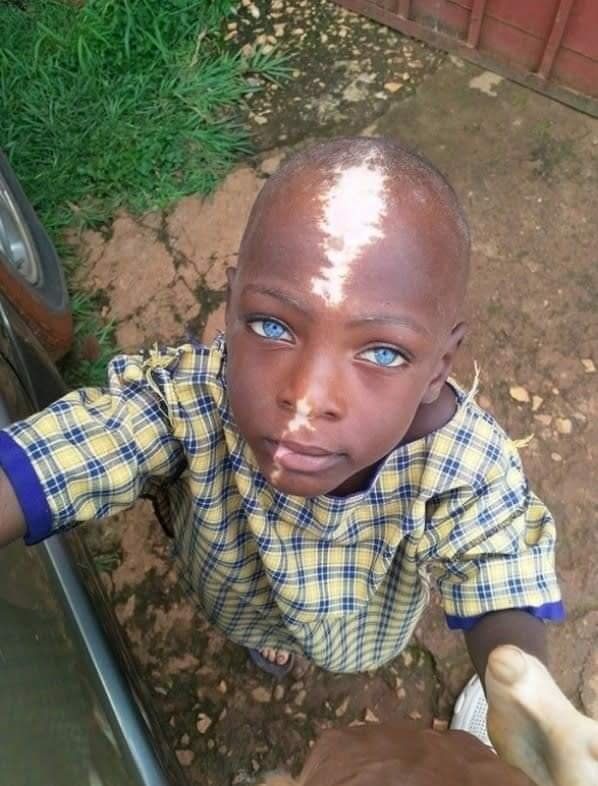A disease that causes the loss of skin colour in blotches.
Vitiligo occurs when pigment-producing cells die or stop functioning.

Did you know?
Vitiligo is a skin condition in which patches of skin loses their colour. It can affect people of any age, gender or ethnic group.
_ The patches appear when Melanocytes within the skin die off.
_ Melanocytes are responsible for producing the skin pigment, Melanin, which gives the skin its colour and protect it from ultraviolet rays.
_ The total area of skin that can be affected by vitiligo varies between individuals. It can affect the eyes, the inside of the mouth and the hair.
Loss of skin colour can affect any part of the body, including the mouth, hair and eyes. It may be more noticeable in people with darker skin.
_ In most cases, the affected areas remains discoloured for the rest of the person's life.
_ The condition is photosensitive. This means that the areas that are affected will be more sensitive to sunlight than those that are not.
Vitiligo occurs in about 1% or slightly more of the population throughout the world. Vitiligo affects all races and genders equally; however, it is more visible in people with darker skin. Although vitiligo can develop in anyone at any age, it most commonly appears in people ages.
However, Vitiligo is not contagious.

Vitiligo is not limited to only human, there are animals with vitiligo...
I remain yours truly Rube 4212
Also, keep in touch with Blurtconnect-ng family on Telegram and Whatsapp